Localization. It’s become one of the biggest focal points for the gaming industry as of late as many companies in foreign countries – such as Japan – have been facing quite a bit of controversy in their efforts to sell games overseas. Games such as Fire Emblem: Fates, Tokyo Mirage Sessions #FE, and Bravely Second have all grabbed the spotlight at one point or another in the last year due to drastic “localization” changes.
This, of course, has sparked much debate among gamers. Some argue that the localization changes are unnecessary, while others simply state that we should be grateful for the games even releasing overseas. But does either side have a point?
Today we’ll be looking at localization across the industry to answer one simple question: why the hell is it so hard to get a translated version of the same damn product?
[WARNING: This article touches upon mature subject matter not suitable for work!]
Localization ≠ Translation
To begin, we’re going to look at a concept that both sides tend to forget: localization is not the same as translation. While I am certain that both sides of this argument aren’t absent minded enough to believe that they mean the same thing, they do tend to forget that localization is typically what companies do when bringing games over from Japan and other countries.
It’s important to note that while translation is part of the localization process, it is not the only variable taken into account. When a game is brought overseas there are many factors that go into it. According to GALA – the Globalization and Localization Association – some of these factors that apply to gaming include:
- Adapting graphics to target markets
- Modifying content to suit the tastes and consumption habits of other markets
- Converting to local requirements
- Addressing local regulations and legal requirements
So now we know what localization is all about, but what do they mean for the three games mentioned? Well let’s take a look at them individually, shall we?
Visual Censorship
Visual censorship is by far one of the biggest offenses that tends to be brought up. While sometimes these changes are understandable, other times they make little to no sense to anyone other than the most traditional of groups. Tokyo Mirage Sessions #FE was one of the games found in the latter camp.

Tokyo Mirage Sessions #FE is a game that takes place in Japan. The game deals with all aspects of Japan’s idol culture. Idols in Japan (such as those seen above) refer to “young manufactured stars/starlets marketed to be admired for their cuteness” (Wikipedia). The talents of idols can include music, modeling, or acting but some also partake in more risque forms of art such as gurave idols which model for magazines that target men or AV idols which is synonymous with pornstars.
In Tokyo Mirage Sessions #FE, the game’s female lead – Tsubasa Oribe – is attempting to become an idol. In the second chapter of the game Tsubasa is faced with one of her bigger challenges which is taking photos for a gurave shoot. This chapter also explores the history of the group’s boss – Maiko – who once worked as a gurave idol… at least in the Japanese version of the game.
(Image retrieved via Persona Central – click to expand)
During localization of the game, many changes were made to the more lewd parts of the game. Above we can see the change made to Tsubasa’s costume, as well as the photos in the background. The storyline was heavily modified with over hundreds of lines (both voiceovers and textual) being rewritten for the sake of localization. Instead of a gurave photoshoot, the entirety of the chapter is spent trying to get Tsubasa ready for a regular city style fashion shoot.
This change made sense according to North American standards as this could very well fall within the boundaries of softcore pornography. This is primarily due to the fact that semi-nude figures fit under this definition. Since Tsubasa and company are under the age of 18 in the game, it made sense. However, this rationale doesn’t exactly hold water after the localization teams changed their ages to 18 and over.

The only reason I could think of for the change happening regardless of the age bump would be that mentioning gurave idols would lead to an adult rating. After all, gurave is only a step under AV idol in Japan. Gurave idols are basically softcore porn stars, and this would prevent the game from getting anything short of an M or A ranked ESRB rating.
This would undoubtedly lead to a much smaller consumer base, and less sales. While on the surface this doesn’t make sense – seeing as the main target audience is anime fans – the game’s intent was to bring in more fans from either series. If the above is true, then the rationale checks out – even if it is undesirable. Until North American attitudes change, this will likely be the case for some time to come.
Sure, the responsibility of ensuring children don’t stumble upon these things arguably falls upon the responsibilities of the adults, but let’s face it… North America is infamous for starting up lawsuits for the most trivial things.
Tastes and Consumption Habits
Before I talk about this section in particular, I must note that – unless otherwise cited – most of this section will be on speculation. Why? Simply because we don’t have alternate dimension goggles. With that said, let’s begin.
Prior to Fire Emblem: Fates‘ release in North America, rumors of the game’s “skinship” minigame being removed ran rampant. While we did eventually find out that there was a replacement, the actual interactive part of the minigame was completely scrapped from the worldwide release. Other parts were removed as well, but this by far was the most controversial aspect.
Now, let me make my own bias in this situation completely clear: I both wanted and didn’t want this to be in the game. As a straight male, I much enjoyed the skinship aspect of the game because – despite my satisfaction with my personal life – I enjoyed having that extra closeness to my female companion in the Japanese version of game. That said, I loathed doing the same to the male characters. It just felt weird, and I really felt like I missed out on some great conversations as result (since not all skinship lines are sexual or relationship based until you marry a character).
When it comes to the outright removal of the minigame, I can’t say I was exactly pleased or disappointed. Sure, I couldn’t pet my waifu anymore in game, but I didn’t have to pet the men either to get their conversation pieces which was pretty damn great. Also, playing the minigame over and over tended to cause slight wrist pain over time.
In the words of one of my friends, however, “I would rather have it and not want it, than want it and not have it.” In my opinion, Nintendo both hit and missed with their localization of Fire Emblem: Fates. On one hand they managed to ensure players got the entire Fates experience, but at the same time we missed out on one of the small features.
On the business side of things, however, it is more than likely that Nintendo of America benefited from the censorship of the minigame. Fire Emblem: Fates sold 300,000 copies in North America during its week of release compared to its predecessor’s sales record in the United States of 180,000. Assuming that the majority of players only bought one version of the game on the first week, we can see that the changes didn’t hurt sales. If anything, it possibly boosted them.
Lost in Translation
One of the common complaints I find are about the rampant “memes” in games translated by Nintendo of America’s Treehouse team. Believe me, I get it. For once I’d like to escape the internet’s rampant doge culture, and the world of YouTube Poop. What people fail to realize, however, is that despite the obvious failures over time there are many changes that were made to ensure that international audiences understand just what’s going on.

Everyone remembers the above image. Brock offers Ash and company some “jelly filled donuts” when they are clearly onigiri. It’s a terrible mistake that pretty much everyone understands nowadays. The image clearly shows why localization fails, and why the source text should always be followed. However, I would argue that this helps me argue why localization changes need to be made.
Back when you were a child, when you first saw this Pokemon episode, how many of you could honestly say you knew that those were onigiri? Chances are not many of you could. In fact, there might even be a select group of you that genuinely believed they were jelly filled donuts. The reason? Because you weren’t exposed to that food in your life.
The same can be said for various other references video games make. Japanese games often cite various things from their culture that you likely wouldn’t understand without some serious research. While I am a fan of researching things through and through until you understand them, I’m not a fan of having to put down my controller and figuring out the significance of a golden Chinese dragon as opposed to other ones.
This is why we need localizers to change text in some cases. Sometimes we need something that fits in a country’s frame of reference. That said, there are certainly some terrible localizations out there that put a bad name out there for localizers. Just look at Fire Emblem: Fates and its support conversations.
Seriously, Nintendo Treehouse… What the actual f**k was this?
Sometimes the changes are important…
Social Justice – like it or not – has been a driving force for North American media as of late. More and more companies have been catering or adapting to the change of political climate, and this has spawned all sorts of groups ranging from the extremist leftist ranks of the Social Justice Warriors to the difficult to pin down legion of GamerGaters. While the silent majority tends to favor one side or the other in varying degrees (depending on the subject) it is clear that companies have undoubtedly been affected by this online war of ideologies.
One of the oddballs of this change in political climate is none other than Bravely Second which featured a class in Japan called the Tomahawk class. In North America this class was reskinned into the Hawkeye class which looks reminiscent of a cowboy instead of its original Native American counterpart.
The Hawkeye class is somewhat of an interesting phenomenon in the online political war as neither side was entirely satisfied with the change. Take a look at the comments section of the NintendoLife article covering the change for example. While the consensus overall seems to be that the change was made as to not offend the Native American population.
Often times the argument is made that people should just “get over it” or “don’t take it personally”. Admittedly, I’m often in this camp as many depictions of the various backgrounds I have in my own family tree often have ridiculous stereotypes associated with them. While they get annoying at times, the majority of my reaction is to simply not care. That said, I honestly don’t care for others’ opinions to begin with. Why else would I write my RR-sama Talks and Rewind Review articles?

My ability to empathize means that I can why some might feel offended though. Some people are more sensitive for various reasons – usually due to personal experience. As such, while I personally found this case absurd, the change was nonetheless made to protect those who might feel as though they are made out to be “savages” seeing as the class name was “Tomahawk” which is a weapon, and the class itself is a scantily clad woman. It’s an image Native American populations have been fighting to get rid of for some time now, and whether we want to admit it or not we’re all affected by the media – even if the changes aren’t drastic.
I do believe that companies could do more to ensure that the changes made are minimal. Consulting with affected groups in surveys or other methods could ensure that the source material remains nearly intact. Going back to my friend’s quote, it might simply be safer for the companies to make the changes regardless. It is easier to accept the complaints or slight decrease in sales than it is to fight a case in court for what seems to be a superficial problem.
This brings us to the last two points…
Local Requirements, Laws, and Regulations
Video game companies are in the business of making money. When a game is localized – unless they have in-house staff responsible for this – the game must be outsourced for localization. Even if they do have in-house staff for localization, the company needs to pay those workers for ever localization effort made. Each localization version means more money that needs to be put out to code, model, and translate. As such, after a certain point the costs simply don’t match the perceived profits.
According to The Game Localization Handbook by Heather Maxwell Chandler and Stephanie O’Malley Deming, video games have several levels of localization. These range from simply shipping the game overseas, to radical changes to text, voiceovers, manuals, and in some case the very graphics and code itself. Chandler and Deming also note that the last case is by far the most expensive of the options and is typically only done by AAA companies.
With this in mind, we can come to the conclusion that companies likely look for shortcuts with localization efforts. One of those shortcuts could potentially take the form of using a similar localization version for one language in multiple regions – provided the text does not need to be adapted. This would explain why games such as the ones we have discussed have similar changes as games with multi-language support or the same localization team would have to work with the same version of the game.
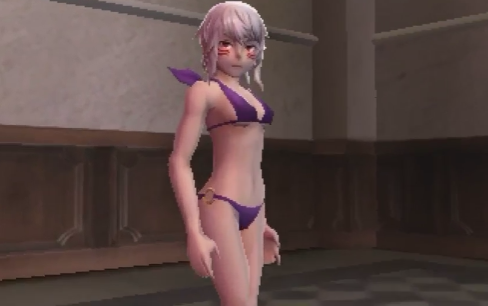
In the case of Fire Emblem: Fates and Tokyo Mirage Sessions #FE the swimsuits tend to be more revealing than traditional swimsuits. This isn’t so much a problem for the older characters in the game as this is typically accepted (although the game might get an M rating at least). However, the younger characters are where the issues lie.
For example, in Australia the censorship laws are much tighter than they are elsewhere. They also have a law that has been nicknamed the “small breast pornography” law in which pornography and other adult material cannot contain characters that appear to be minors.
Characters such as Elenora from TMS #FE and Elise from Fire Emblem: Fates would fall under the protection of this law – despite being fictional characters. While they would not be considered as pornographic in their most revealing outfits by most people, Nintendo (and other similar companies) would likely wish to avoid any possible run ins with the law.
With enough research it’s possible to find legal barriers that cause all sorts of censorship and localization changes in video games. Inform yourselves, people. It might help you calm down just a little bit.
To answer the question once and for all…

“Why the hell is it so hard to get a translated version of the same damn product?”
This was the question we asked at the start of the article. While we tend to point fingers in this or that direction, it’s clear that there are more factors at play than the petty “War of Feelings” that has been ruining people’s lives via the internet. Sure, it’s part of the equation. There’s no denying it. However, the issues that lead to censorship are much bigger than some nobody crying on the internet.
Companies are all about their bottom line. When a video game is created by AAA companies, they aren’t concerned with people’s feelings as much as they are making as much money as possible without getting into trouble with the law or dragged into court. Sadly, this means that many of our games coming in from Japan and other countries with more adult themes likely won’t come to North America or elsewhere in their purest form for some time.
Maybe one day we will be able to play a game that has been translated without localization. Until that day comes, we should try to be grateful with what we do get. Unless you want to take it up with the government, that is. If that’s the case… all the power to you.

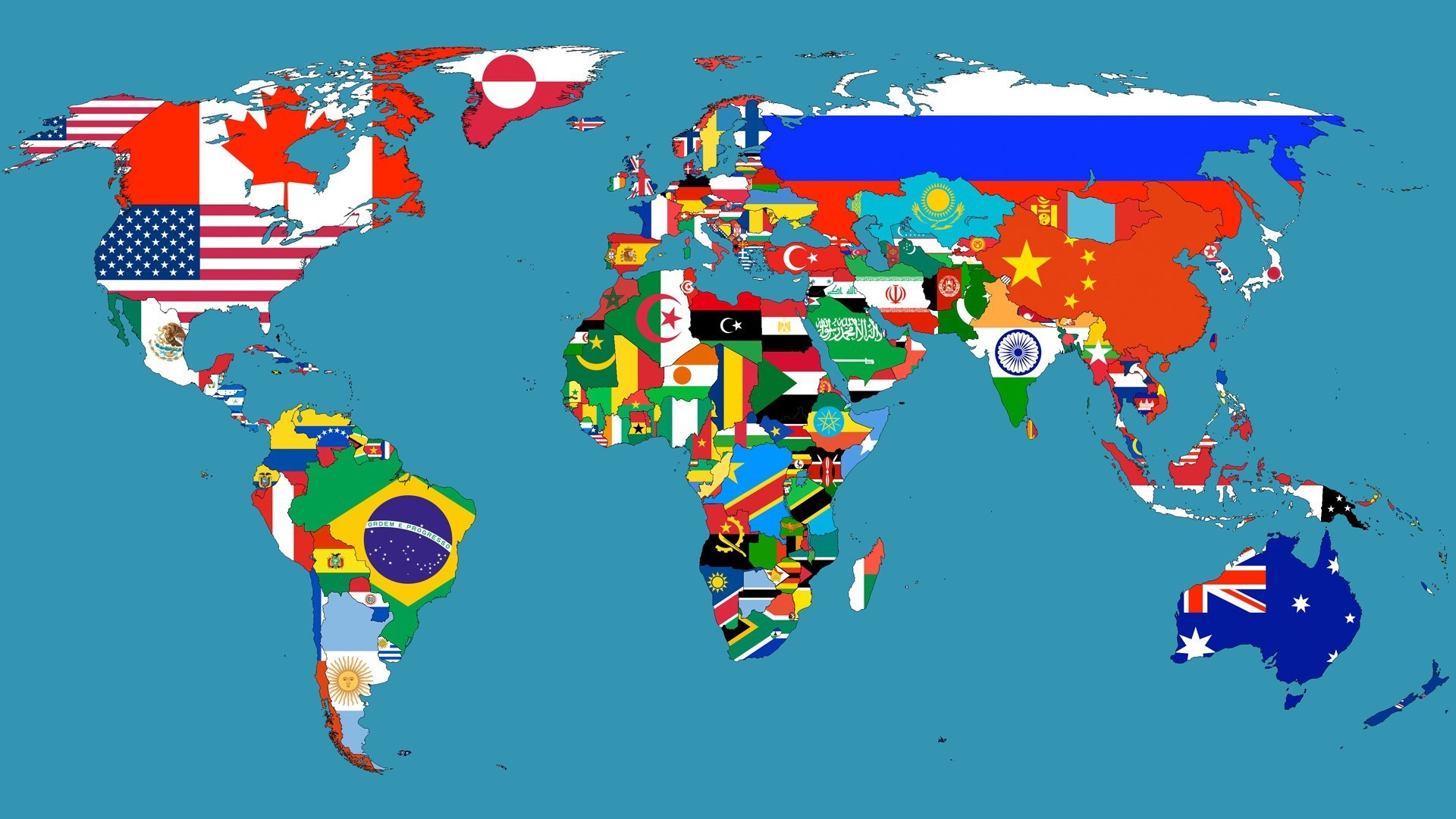




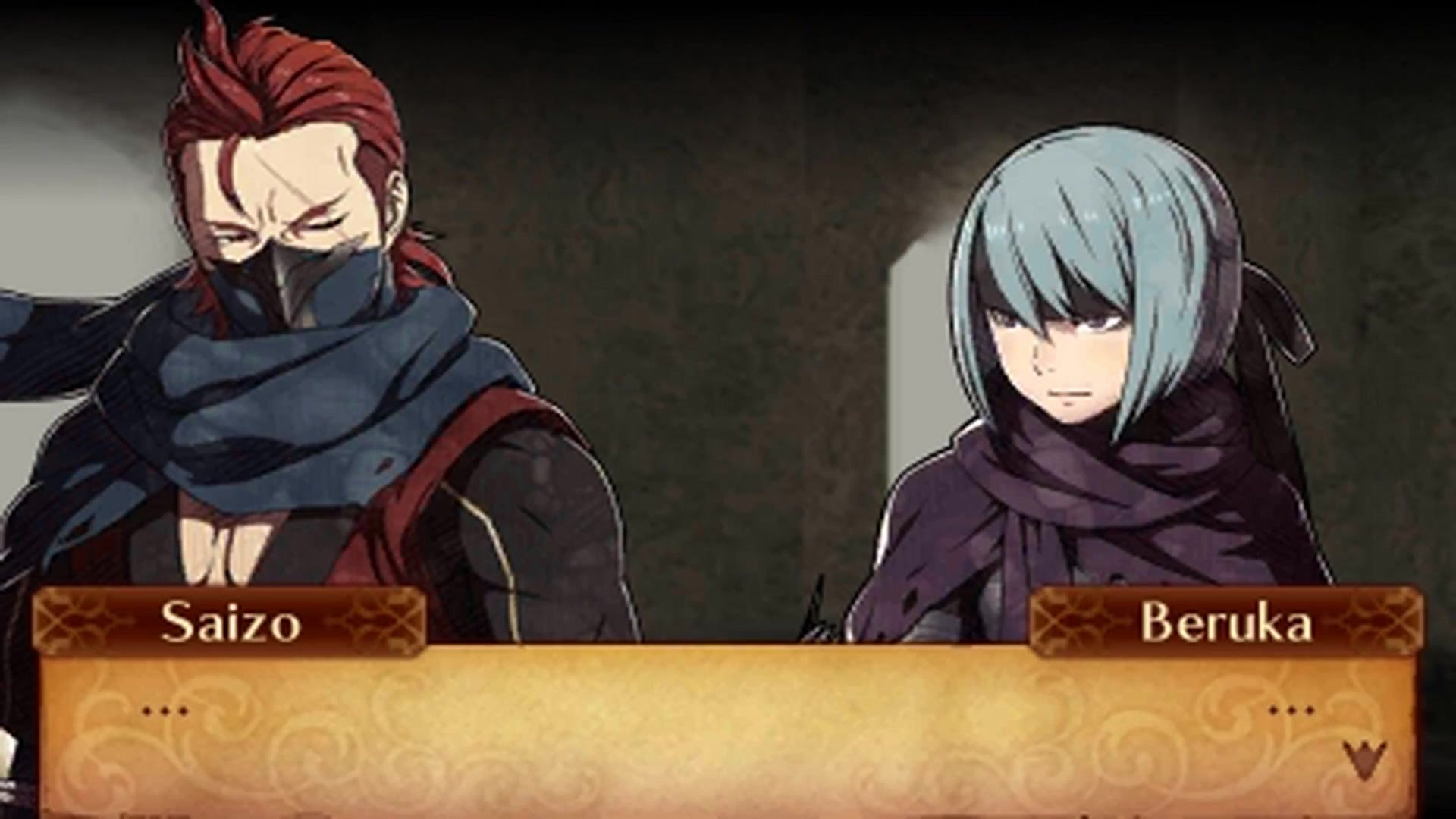
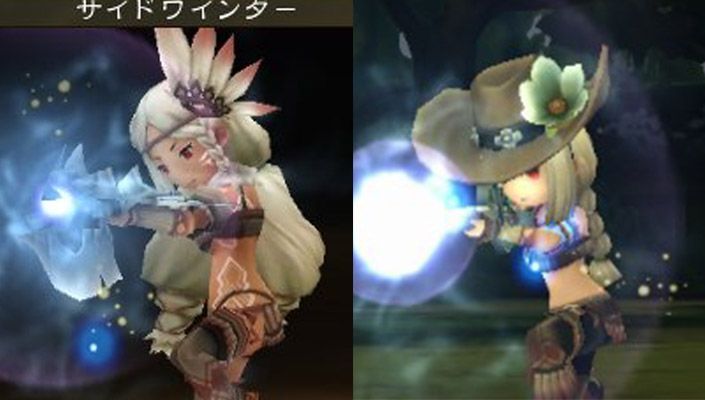






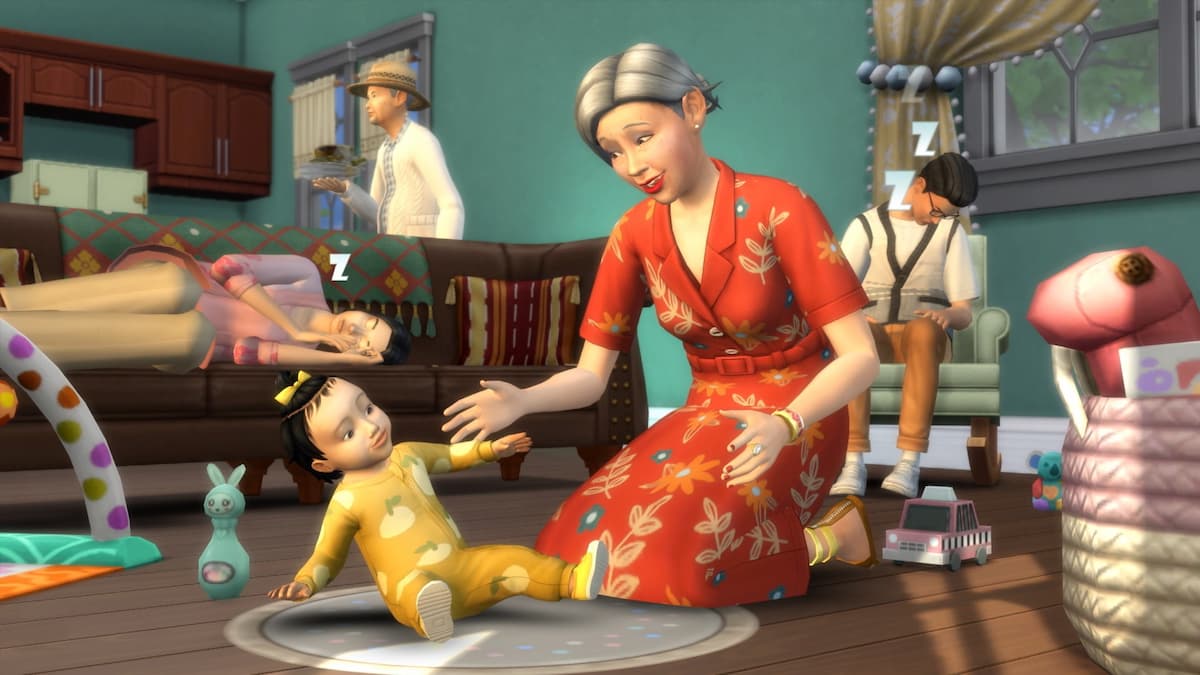
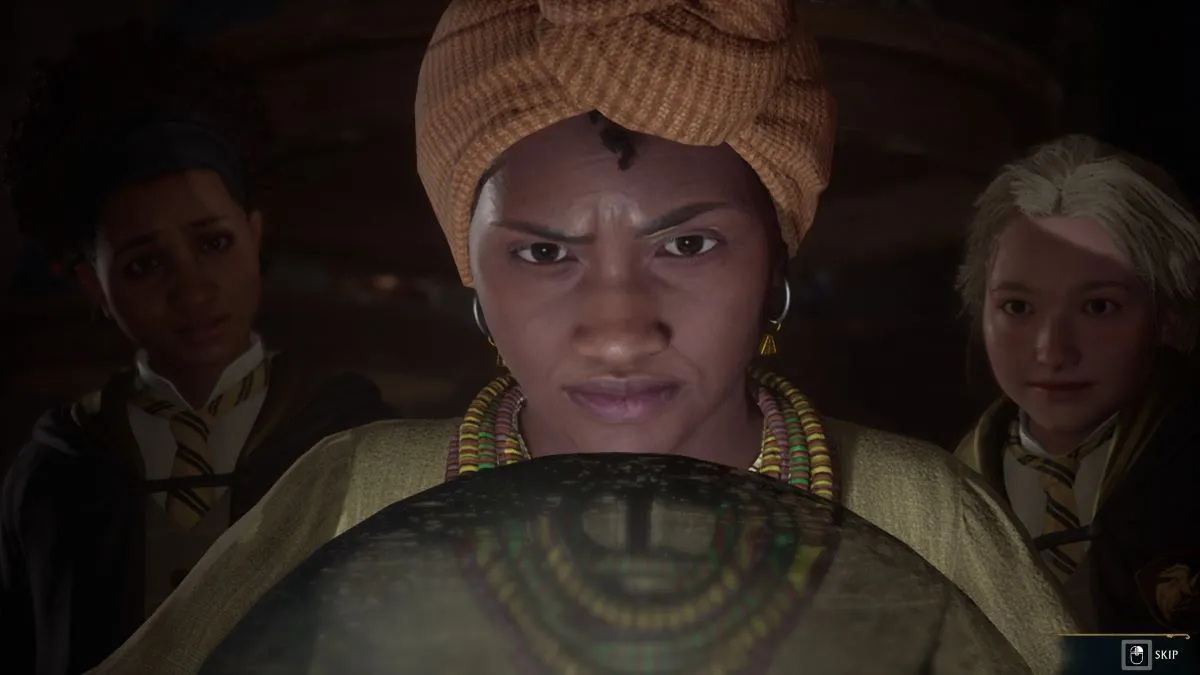
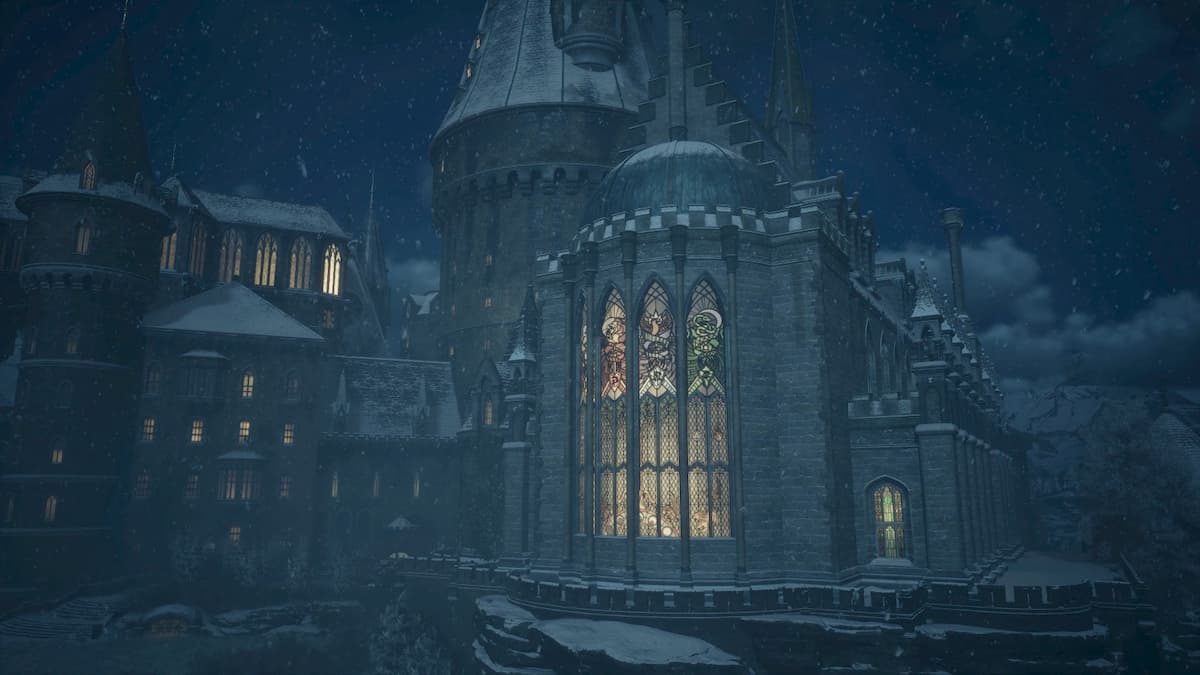
Published: Jul 14, 2016 07:16 am